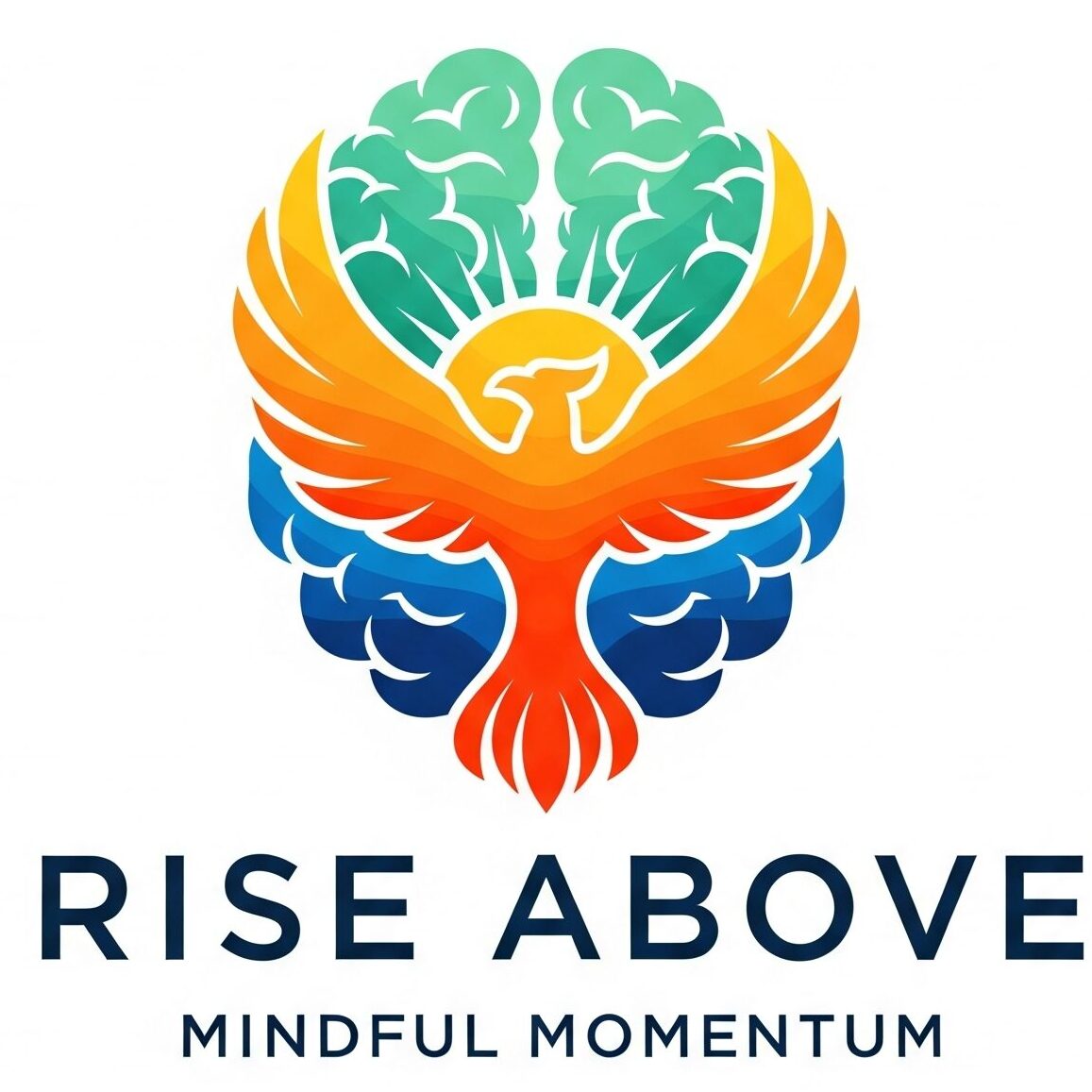
A neurodivergent entrepreneur transformed their struggling consulting practice into a thriving business by embracing ADHD traits as competitive advantages rather than limitations. By combining structured systems with sobriety-enhanced mental clarity, they rebuilt their approach to client acquisition, project management, and creative problem-solving. The transformation resulted in consistent monthly revenue, improved client satisfaction, and a sustainable business model that works with their brain rather than against it.
Background
Like many neurodivergent entrepreneurs, this solopreneur had spent years trying to force their ADHD brain into traditional business frameworks. Their consulting practice fluctuated wildly—experiencing bursts of intense productivity followed by periods of overwhelm and inconsistency. Despite possessing deep expertise in their field and receiving positive client feedback, they struggled with the business fundamentals: consistent marketing, systematic client onboarding, and predictable revenue streams. The challenges were compounded by years of masking their neurodivergent traits and attempting to operate according to neurotypical business advice that simply didn’t align with how their brain naturally functioned.
Challenge/Problem Statement
The primary challenge wasn’t a lack of skill or market demand—it was the fundamental misalignment between traditional business systems and ADHD brain patterns. The entrepreneur experienced what many neurodivergent business owners face: feast-or-famine cycles driven by hyperfocus bursts followed by executive function crashes. They would dive deep into client projects with laser-like intensity, often delivering exceptional results, but then struggle to maintain momentum for business development activities like networking, content creation, or systematic follow-up.
The situation was further complicated by inconsistent daily routines and decision fatigue around basic business operations. Without structured systems designed for ADHD brains, every business task required excessive mental energy to initiate and complete. This led to procrastination on important but non-urgent activities, reactive rather than strategic decision-making, and a constant sense of being overwhelmed despite working long hours. The entrepreneur had tried various productivity methods and business coaching programs, but none addressed the unique needs of neurodivergent entrepreneurs or leveraged their natural cognitive strengths.
Solution Implementation
The transformation began with a fundamental reframe: viewing ADHD traits as business superpowers rather than obstacles to overcome. Instead of fighting against natural hyperfocus tendencies, the entrepreneur designed their business model around deep-work intensive projects that leveraged this neurological advantage. They restructured their service offerings to align with their brain’s preference for novel, complex problems that could capture and maintain their interest over extended periods.
The implementation focused on three core areas: systems design, routine optimization, and sobriety-enhanced mental clarity. Custom business systems were developed that accounted for ADHD executive function patterns—including visual project tracking, automated reminders for routine tasks, and batched work sessions that maximized hyperfocus periods. Daily and weekly routines were established that supported dopamine regulation and prevented decision fatigue. Most importantly, embracing sobriety removed the brain fog and emotional volatility that had previously interfered with consistent business performance. This mental clarity allowed for better recognition of ADHD patterns and more intentional leverage of neurodivergent strengths like creative problem-solving, pattern recognition, and out-of-the-box thinking that clients increasingly valued.
Results and Impact
The transformation was both immediate and sustainable. Within the first few months of implementing ADHD-friendly business systems, the entrepreneur experienced dramatically improved consistency in daily operations and client delivery. The feast-or-famine revenue cycles smoothed out as structured systems reduced the cognitive load of routine business tasks, freeing up mental energy for strategic growth activities. Client relationships strengthened as the entrepreneur’s natural ADHD traits—intense curiosity, creative problem-solving, and ability to see connections others miss—became recognized competitive advantages rather than sources of self-doubt.
The sobriety component amplified all other improvements by providing the mental clarity necessary to recognize and interrupt old patterns. Enhanced executive function meant better follow-through on business development activities, more consistent communication with prospects and clients, and improved emotional regulation during challenging business situations. The entrepreneur discovered that their ADHD brain’s tendency toward innovative thinking and unconventional approaches actually positioned them uniquely in their market. Clients began specifically seeking them out for projects requiring creative solutions and fresh perspectives. The business evolved from a source of stress and inconsistency to a sustainable expression of their neurodivergent strengths, creating both financial stability and personal fulfillment.
Future Outlook
This transformation created a sustainable foundation for long-term business growth that honors rather than fights against neurodivergent brain patterns. The entrepreneur now serves as a model for other ADHD business owners, demonstrating that success doesn’t require conforming to neurotypical business practices. The systems and approaches developed continue to evolve and improve, creating an increasingly efficient and effective business operation. Most importantly, the shift from viewing ADHD as a limitation to embracing it as a competitive advantage has opened up new possibilities for business expansion and market positioning that would never have been apparent under the old paradigm of trying to fit into traditional business frameworks.

Leave a Reply